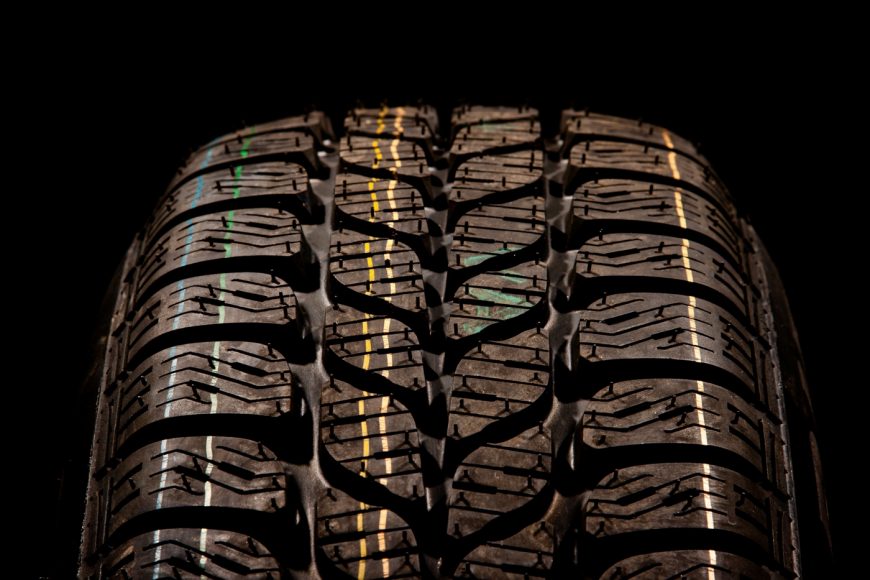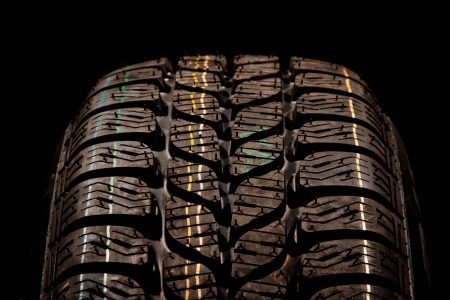- January 24, 2020
- By Auto Repair Shop Fraser 48026
- In Tires
- Tags New Tires, Used Timres
- 997
- 0


It’s important that those who live and drive in wintry conditions have safe, reliable tires on their cars.
In order to ensure your tires will give you the best sense of safety and security as you tackle winter driving conditions, check the following three areas: the tread, the sidewalls, and the type.
The Tread The tread of your tires must be checked. This is a natural part of any tire inspection. To discover if its’ time to change your tires due to a tread issue, check to see if the bridge in the groove is at the same level as the tread’s top.
One way to do this is to take a penny and insert it in the depts. If it doesn’t go in deeper than Abraham Lincoln’s head, you need a new tire.
Assess each tire’s tread to see if any areas are unevenly worn. While this could be due to mechanical things like suspension parts that are worn or a misaligned wheel, it’s more common – especially in font tires – that the tire has irregular wear. To assess a tire’s tread, try to see the entire tread surface by turning the steering wheel completely to one side. If there’s similar wear on the other tire, it’s recommended to get your tires rotated. And at that time also has your car checked for mechanical issues.
Your tires are definitely in need of replacement if you see signs that any part of the tread is totally smooth from having been worn out or, through the rubber, you see that the cords of the tread are showing.
The Sidewalls Look at the sides of your tires. Check them for damage. Damage could show up as missing chunks of rubber or abrasions that are deep – the kind that could happen if you hit a curb. Also, check the sides of your tires for bulges. If you see a bulge, chances are it’s related to a cord inside the tire that is broken. This is very serious, and the tire is on a pathway to complete failure.
If you see “chunking”, know that if it’s bigger than a dime, you need to have a professional inspection. This is also true if you notice an abrasion that exposes the textile cords. Each of these issues is a reason for you to take your car to a tire professional.
Type of Tires Do you know the difference between a winter tire, an all-season tire and a summer tire? You’ll be able to tell the difference by looking at the tread pattern. Some treads are designed for only dry and wet roads; these are considered summer tires. This tread has grooves that are circumferential. All-season tires are designed to provide good traction in light snow, cold weather, and dry and wet road conditions. They are similar in appearance to summer tires, but the tread has more cuts.
With a softer tread rubber and increased blocks of tread, winter tires are designed to give increased traction on icy, slushy, and snowy roads. Summer tires do not perform safely on winter road conditions and the same is true for winter tires when overexposed to spring and summer heat.
Whether you’re looking for a cheap tire or one to last, Car Guys Auto Center has got you covered. Some of our inventory and tire selection, with pricing and more, is available online:
If you do not see the tire you are looking for give us a call. We have a wide selection of tires not listed in the link above.


